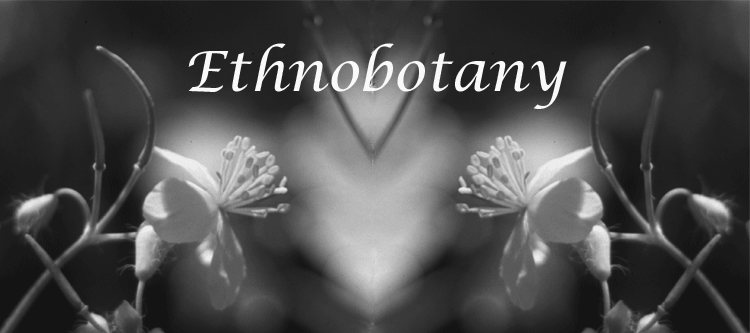 |
|||
|
The way that an organism uses the resources around it is based on a measure of success. An individual who attempts to specialize in eating toxic plants will be unlikely to leave as many descendants as one who avoids eating them. The plants in turn have attempted to avoid being eaten by both physical and chemical defenses. Long before we understood the mechanisms of a toxin we knew that a given plant was toxic. Making toxins is costly for a plant since energy that could otherwise have gone into reproduction must be spent assembling the toxin. Toxicityt varies within the species. Some milkweeds for example have very low levels of toxicity they survive by mimicking milkweeds with high toxicity. Individual herbivores show great variation in susceptibility to a toxin. We think of this as food allergies. A peanut butter sandwich may be a great meal for one person, but for someone else with both peanut and gluten allergies it could be lethal. Medicine has a component of finding a toxin that will kill the germs, but at a level that is not lethal to the patient. The toxicity may be direct where the ingested item is a poison, or it can cause the human body to become an environment that is out of the organism’s range of tolerance. This can often take the form of a fever. Other toxins work by hindering muscle contraction, but these may also, in lower doses aid in childbirth, or recovery from injury. Ethnobotany is the study of how native peoples used the plants that they came into contact with. Plants were used for food, medicine and fibers; in addition they served as the key source for dyes. Many species also had a significant role in the spiritual lives of the people who encountered them. From the western uses of wine and incense, to the use of mushrooms in the desert south west. The food plants found in today’s markets were once wild and have reached the form in which we know them as a result of years of controlled breeding. Early ethnobotanists simply cataloged the plants that grew around them, one of the earliest remaining catalogues is "De Materia Medica" by the Greek surgeon Dioscordies published AD 77. He included not only uses but also recipes. This was followed by a long period in which no fieldwork was done by the scholars. Starting in the mid 1500’s an attempt was begun to catalogue all of the Lord’s creations, John Ray and Carolous Linnaeus worked in the late 1600’ and early 1700’s culminating in Linnaeus’ Species Plantorium. Some of the species covered in this collection have served as wild foods and beverages, fiber sources and dyes, and medicines. It can never be stressed enough that you must be sure of your identification, and of the methods used to prepare a given plant as food. Cooking and or multiple changes of boiling water are critical steps in the preparation of some wild foods, unless carried out these foods will be toxic and possibly very painful to have eaten. Watching a wild animal eat a given food does not prove that it will not be toxic to you, only that another species has evolved a biochemical pathway to breakdown the toxin. “Wise and Essential Steps before using any untried plant
|
|||